Julie’s Clinical Practice is Full
Julie’s Clinical Practice is Full
Learning the Language of the Body
A Regulation & Resource Based Approach for Working with the
Somatic Symptoms of Developmental Trauma.
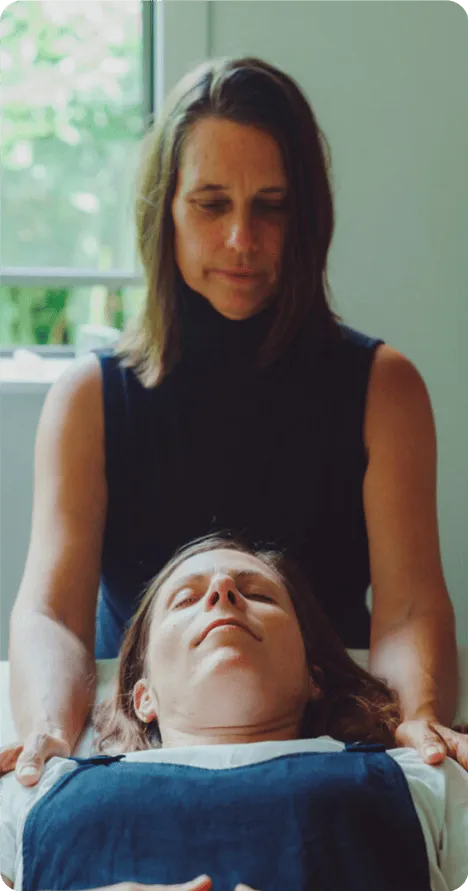
Kia ora!!
Congratulations on embarking on an embodied approach to learning Somatic Experiencing (SE).
I am here to support you as you learn the language of your body, enhance your regulation and resilience, and develop your somatic skills for addressing trauma.
I offer online consultations, both individual and group, for Somatic Practitioners, specifically Somatic Experiencing students and Somatic Experiencing Practitioners (SEPs). I also offer in-person workshops for Somatic Practitioners.
In my private practice, I use movement and touch to work with individuals experiencing somatic symptoms related to developmental trauma.
Reflecting on my own journey as a student of Somatics, I recall the profound relief I felt when my teacher expressed curiosity about the diverse experiences of all the student in the room.
As a somatic educator, my aim is to help students cultivate the ability to listen to, respect and support the inherent intelligence of lived experiences across the realms of the body, mind and spirit.
I look forward to connecting with you.
Ngā mihi,
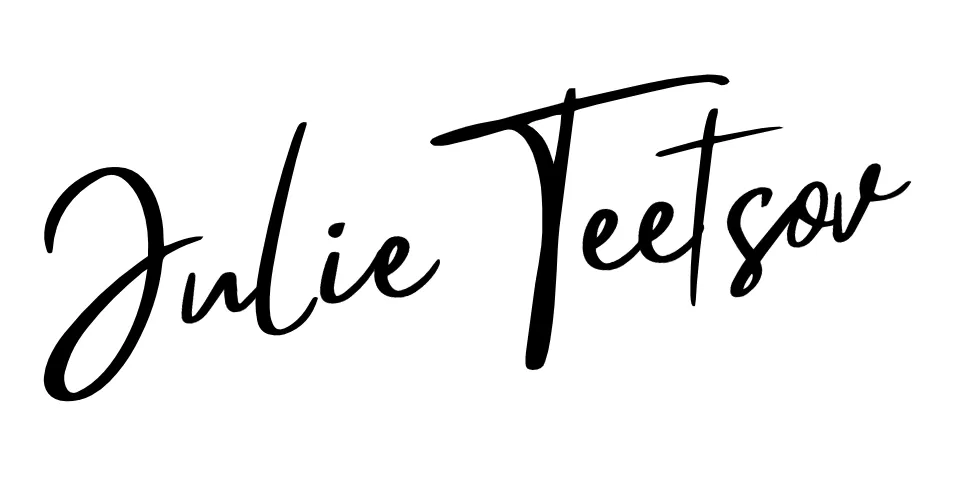

I'm Julie and I'm a Somatic Practitioner
Kia ora!!
Congratulations for finding your way to an embodied approach to working with trauma.
Thank you for your interest in my work and here is important information about my Scope of Practice:
As a Somatic Practitioner and Educator, my scope of practice is to support people to build their skills around body awareness and regulation. We also create opportunities to repair attachment ruptures and complete incomplete survival responses.
We may use your cognitive narrative, not for the purpose of psychotherapy or counselling, but as a means to support you to deepen your relationship with your body and your somatic narrative. We work with developing co-regulation and self-regulation and building a felt sense of safety and comfort as well as building your capacity to feel uncomfortable sensations.
We work with uncoupling traumatic memories and recouping healthy associations, by working with touch and movement. I am not certified as a mental health practitioner, and I reserve the right to refer out, should we not be a good fit or if the work is outside of my scope of practice. I am passionate about creating a transparent and consensual relationship where I can fully disclose and share with clients the methodology and somatic approaches that we can use to support the body to heal from trauma.
Please download my intake form & agreements for working together here.
Look forward to connecting with you.
Warmly, Julie
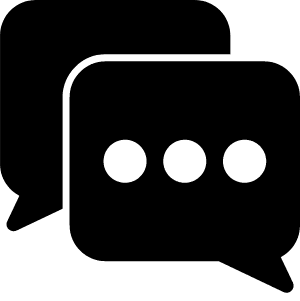
[key point 1]
[why it is important]

[key point 2]
[why it is important]

[key point 3]
[why it is important]
Compelling headline that speaks to your ideal customers online
Lorem ipsum dolor sit amet, consectetur adipiscing elit, sed do eiusmod tempor incididunt ut labore et dolore magna aliqua

I'm Julie
and I'm a Somatic Practitioner
Kia ora!!
Congratulations for finding your way to an embodied approach to working with trauma.
Thank you for your interest in my work and here is important information about my Scope of Practice:
As a Somatic Practitioner and Educator, my scope of practice is to support people to build their skills around body awareness and regulation. We also create opportunities to repair attachment ruptures and complete incomplete survival responses.
We may use your cognitive narrative, not for the purpose of psychotherapy or counselling, but as a means to support you to deepen your relationship with your body and your somatic narrative. We work with developing co-regulation and self-regulation and building a felt sense of safety and comfort as well as building your capacity to feel uncomfortable sensations.
We work with uncoupling traumatic memories and recouping healthy associations, by working with touch and movement. I am not certified as a mental health practitioner, and I reserve the right to refer out, should we not be a good fit or if the work is outside of my scope of practice. I am passionate about creating a transparent and consensual relationship where I can fully disclose and share with clients the methodology and somatic approaches that we can use to support the body to heal from trauma.
Please download my intake form & agreements for working together here.
Look forward to connecting with you.
Warmly, Julie

Sed ut perspiciatis unde omnis iste natus error sit voluptatemg
At vero eos et accusamus et iusto odio dignissimos ducimus qui blanditiis praesentium voluptatum deleniti atque corrupti quos dolores et quas molestias excepturi sint occaecati cupiditate non provident, similique sunt in culpa qui officia deserunt mollitia animi, id est laborum et dolorum fuga.
Et harum quidem rerum facilis est et expedita distinctio. Nam libero tempore, cum soluta nobis est eligendi optio cumque nihil impedit quo minus id quod maxime placeat facere possimus, omnis voluptas assumenda est, omnis dolor repellendus.
Temporibus autem quibusdam et aut officiis debitis aut rerum necessitatibus saepe eveniet ut et voluptates repudiandae sint et molestiae non recusandae. Itaque earum rerum hic tenetur a sapiente delectus, ut aut reiciendis voluptatibus maiores alias consequatur aut perferendis doloribus asperiores repellat.
[Testimonial]

et accusamus et iusto odio dignissimos ducimus qui blanditiis praesentium
voluptatum deleniti atque corrupti quos dolores et quas molestias excepturi
sint occaecati cupiditate non provident, similique sunt in culpa qui officia
deserunt mollitia animi, id est laborum et dolorum fuga.
Who do I work with?
Sed ut perspiciatis unde omnis iste natus error sit voluptatem accusantium doloremque.
Sed ut perspiciatis unde omnis iste natus error sit voluptatem accusantium doloremque laudantium, totam rem aperiam, eaque ipsa quae ab illo inventore veritatis et quasi architecto beatae vitae dicta sunt explicabo.
Sed ut perspiciatis unde omnis iste natus error sit voluptatem accusantium doloremque laudantium, totam rem aperiam, eaque ipsa quae ab illo inventore veritatis et quasi architecto beatae vitae dicta sunt explicabo.
Sed ut perspiciatis unde omnis iste natus error sit voluptatem accusantium doloremque laudantium, totam rem aperiam, eaque ipsa quae ab illo inventore veritatis et quasi architecto beatae vitae dicta sunt explicabo.
Sed ut perspiciatis unde omnis iste natus error sit voluptatem accusantium doloremque laudantium, totam rem aperiam, eaque ipsa quae ab illo inventore veritatis et quasi architecto beatae vitae dicta sunt explicabo.
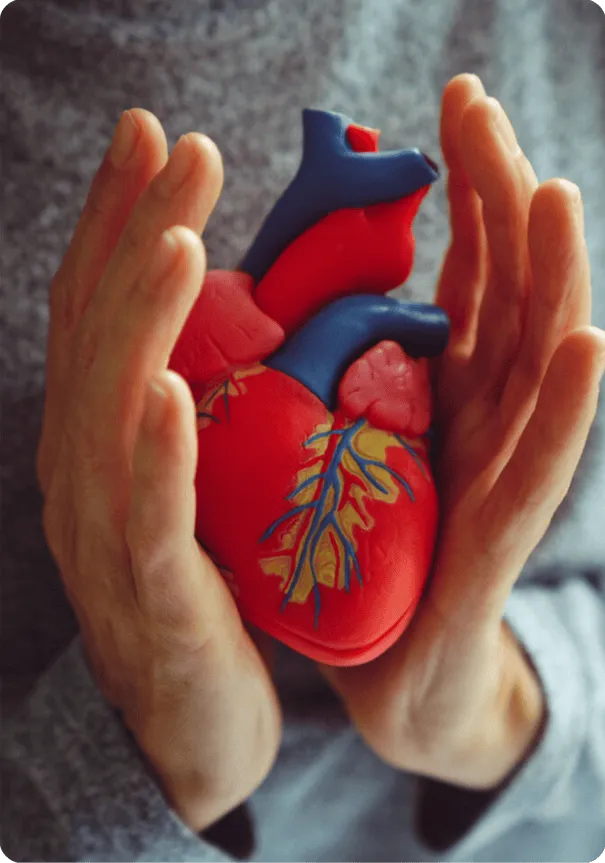

Who do I work with?
Sed ut perspiciatis unde omnis iste natus error sit voluptatem accusantium doloremque.
Sed ut perspiciatis unde omnis iste natus error sit voluptatem accusantium doloremque.
Sed ut perspiciatis unde omnis iste natus error sit voluptatem accusantium doloremque.
Sed ut perspiciatis unde omnis iste natus error sit voluptatem accusantium doloremque.
Sed ut perspiciatis unde omnis iste natus error sit voluptatem accusantium doloremque.
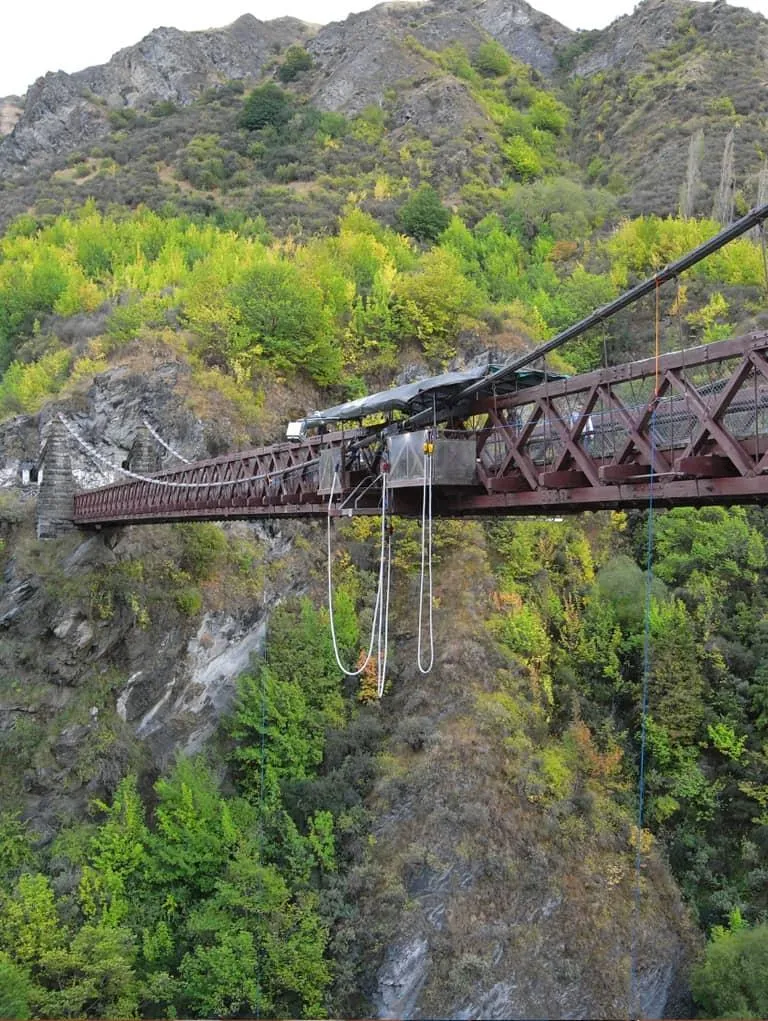
Temporibus autem quibusdam
⭐️ At vero eos
et accusamus et iusto odio dignissimos ducimus qui blanditiis praesentium voluptatum deleniti atque corrupti quos dolores et quas molestias excepturi sint occaecati cupiditate non provident, similique sunt in culpa qui officia deserunt mollitia animi, id est laborum et dolorum fuga.
⭐️ Et harum quidem
rerum facilis est et expedita distinctio. Nam libero tempore, cum soluta nobis est eligendi optio cumque nihil impedit quo minus id quod maxime placeat facere possimus, omnis voluptas assumenda est, omnis dolor repellendus.
⭐️Temporibus autem
quibusdam et aut officiis debitis aut rerum necessitatibus saepe eveniet ut et voluptates repudiandae sint et molestiae non recusandae. Itaque earum rerum hic tenetur a sapiente delectus, ut aut reiciendis voluptatibus maiores alias consequatur aut perferendis doloribus asperiores repellat.




Lorem ipsum dolor sit amet, consectetur adipiscing elit, sed do eiusmod tempor
Work With Julie
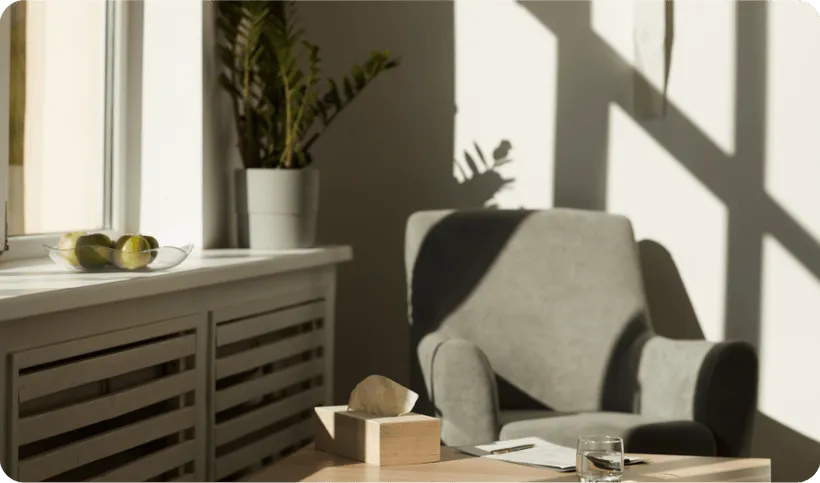
Individual Sessions
Alaska & Indian Students TRANSFORMING TRAUMA
xxxxxx
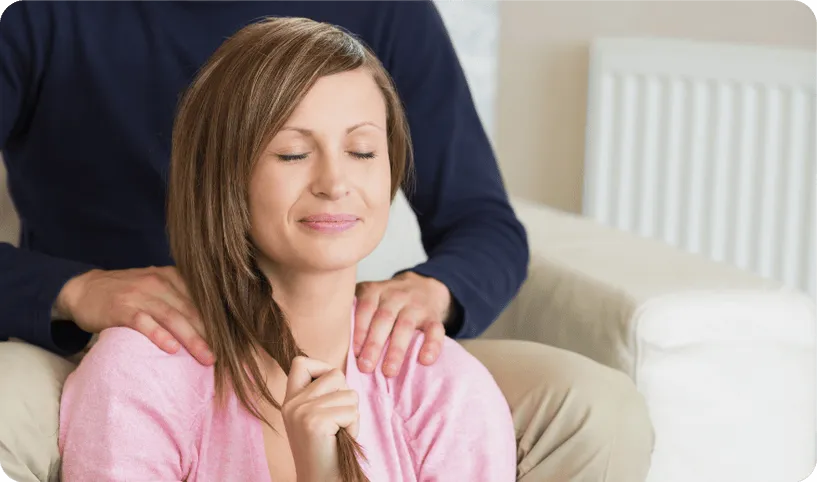
Workshops for Practitioners
Transform Trauma by Transforming Your Relationship with Your Body!!
Learn new ways to help build your client's somatic skills and their capacity for working with the body. Learn how to work with traumatic coupling dynamics using movement & touch.
Repattern attachment ruptures within the story of embryology, reflexes and developmental movement patterns.
Build your felt sense of safety, comfort, well-being and coherence in the body.
Consultation and Workshops for SE Students and SEPs
Integrate SE principles into your LIFE & your WORK WITH CLIENTS!

Online Individual Consults
Build your SOMATIC SKILLS for working with trauma in the BODY.
Each Session is: $150 USD

Online Group Consults
Join a collaborative learning group of other SE practitioners.
Each Session is: $40 USD
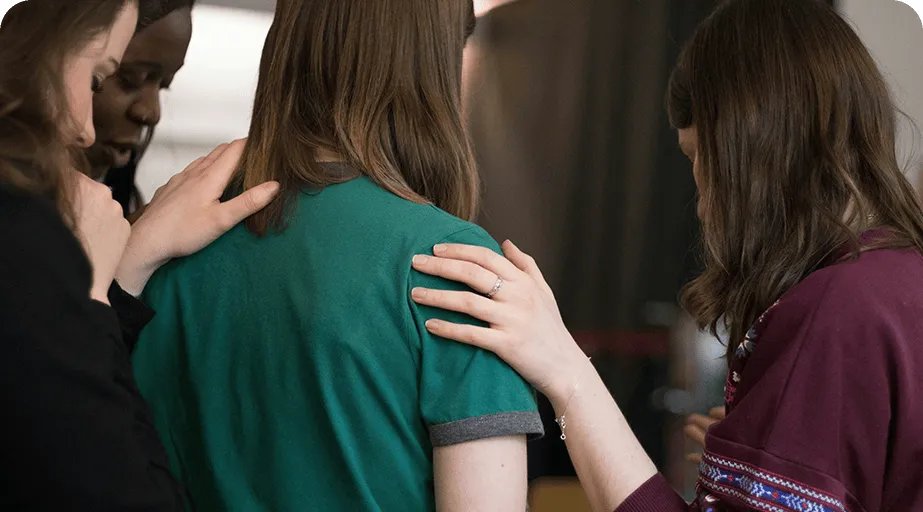
In-Person Workshops
Deepen your understanding of how to work with trauma in the body using TOUCH and MOVEMENT.
Join My Newsletter
What My Students Are Saying...
['Compelling quote that really rings true about your values & beliefs that speaks to your ideal client']
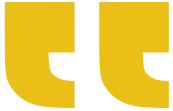
Maecenas nec elit tempor, malesuada felis in, bibendum libero. Nullam pellentesque vulputate felis at rutrum. Aenean placerat congue turpis, ac lacinia elit tristique quis.
Nunc quis fermentum ligula, in sodales massa. Fusce tempus, quam eu placerat semper, lacus sem commodo nibh, sed tincidunt lectus lacus eget diam. Ut mattis ligula eu consectetur rutrum. Sed eu viverra nulla. Curabitur porttitor eros in nisi eleifend mollis.
Nunc quis
New Zealand

Maecenas nec elit tempor, malesuada felis in, bibendum libero. Nullam pellentesque vulputate felis at rutrum. Aenean placerat congue turpis, ac lacinia elit tristique quis.
Nunc quis fermentum ligula, in sodales massa. Fusce tempus, quam eu placerat semper, lacus sem commodo nibh, sed tincidunt lectus lacus eget diam. Ut mattis ligula eu consectetur rutrum. Sed eu viverra nulla. Curabitur porttitor eros in nisi eleifend mollis.
Nunc quis
New Zealand

Maecenas nec elit tempor, malesuada felis in, bibendum libero. Nullam pellentesque vulputate felis at rutrum. Aenean placerat congue turpis, ac lacinia elit tristique quis.
Nunc quis fermentum ligula, in sodales massa. Fusce tempus, quam eu placerat semper, lacus sem commodo nibh, sed tincidunt lectus lacus eget diam. Ut mattis ligula eu consectetur rutrum. Sed eu viverra nulla. Curabitur porttitor eros in nisi eleifend mollis.
Nunc quis
New Zealand
It Starts With A Powerful
15-Minute Conversation
(This is at no charge)
FAQ
What is Julies scope of practice?
As a Somatic Practitioner, my scope of practice is to support people to build their skills around body awareness and regulation. We also create opportunities to repair attachment ruptures and complete incomplete survival responses. We may use your cognitive narrative, not for the purpose of psychotherapy or counselling, but as a means to support you to deepen your relationship with your body and your somatic narrative. We work with developing co-regulation and self-regulation and building a felt sense of safety and comfort as well as building your capacity to feel uncomfortable sensations. We work with uncoupling traumatic memories and recouping healthy associations, by working with touch and movement. I am not certified as a mental health practitioner, and I reserve the right to refer out, should we not be a good fit or if the work is outside of my scope of practice. I am passionate about creating a transparent and consensual relationship where I can fully disclose and share with clients the methodology and somatic approaches that we can use to support the body to heal from trauma.
Are you taking on new clients?
My clinical practice is full for 2024. Please join my newsletter to find out when I will be taking new clients.
Why are you only working with Somatic Experiencing Practitioners?
I am mentoring to become faculty with Somatic Experiencing International which requires that I travel internationally to mentor with senior faculty in 2024 and 2025. As part of my mentoring process, I offer individual and small group case consultations for Somatic Experiencing Practitioners and Somatic Experiencing Students, both in person and via ZOOM.
Do you offer any online workshops?
My workshops are currently only in person, but I will be offering on-line versions of these same workshops in 2025.
Do you offer “Introduction to Somatic Experiencing” Workshops for practitioners interested in training in this modality?
I am available to offer 1-2 day “Introduction to Somatic Experiencing” Workshops for either the general public or for practitioners who want to learn more about the Somatic Experiencing modality and how they can apply some of the SE principles into their daily work. Introduction to SE Workshops are also a great way to learn more about what is offered in the 3-year training before committing to this professional training program.
Can I meet with you individually to learn more about Somatic Experiencing?
If you are interested in enrolling in the Somatic Experiencing 3-year professional training, or if you have attended one of my “Introduction to SE” presentations and would like more information about how you can integrate SE into your scope of practice, please feel free to schedule an individual consultation with me.
How can I learn more about your future workshops?
Sign up for my bi-annual newsletter where I send updates on future workshops as well as share tips and lessons for transforming trauma through the use of touch and movement. Join the newsletter using the button below.

